 One can argue that of all the senses, sight is the most important. The entire universe is dark without those delicate eyes. Therefore, proper eye care throughout your life truly allows you to see the world in a way that otherwise wouldn’t be possible. You can’t take your eyes for granted. That’s why proper eye care is so important.
One can argue that of all the senses, sight is the most important. The entire universe is dark without those delicate eyes. Therefore, proper eye care throughout your life truly allows you to see the world in a way that otherwise wouldn’t be possible. You can’t take your eyes for granted. That’s why proper eye care is so important.
There are several aspects of proper eye care. Keeping your eyes healthy is paramount, especially as you age. Your diet, habits and time spent around computer screens can all affect eye health. There are a number of steps you can take to ensure your eyes stay healthy over the long term.
Nutrition for Proper Eye Care
Proper eye health starts with what you put on your plate. Make sure you are focusing on specific nutrients such as omega-3 fatty acids, zinc and vitamins C and E. By ensuring these nutrients are part of your diet, you can more easily ward off age-related vision problems, whether macular degeneration or glaucoma.
Support your eye care by eating:
- Leafy green vegetables
- Salmon, tuna and other oily fish that are high in omega-3 fatty acids
- Citrus fruits
- Nuts
- Beans
- Eggs
- Oysters
- Non-meat proteins
Having a well-balanced diet not only works wonders for your eye sight but also can help you maintain a steady weight. In turn, this can reduce your chances of getting type 2 diabetes, which is the leading cause of blindness in adults.
Kicking the Habit
Next, you should avoid smoking. This activity not only ravages parts of your body but also wreaks havoc on your eyesight. Smoking can cause cataracts, and it can damage your optic nerve. It also causes macular degeneration.
If you smoke, you should consider quitting immediately. You can do it. Taking this proactive step will do your body a favor and save on eye-care expenses.
Screen Time
Do you stare at a computer screen all day at work? If so, it’s important to take regular breaks. Staring at a computer screen all day can cause eyestrain, headaches or blurry vision.
To protect your eyes:
- Use new contacts that are appropriate for the screen.
- Ensure your eyes are level with your computer.
- Make sure your chair is comfortable and in a supportive position.
- Always give your eyes a good rest every 20 minutes.
- Get up at least every two hours to give yourself a 15-minute break.
Own a Good Pair of Sunglasses
A good pair of sunglasses can protect your eyes by deflecting the sun’s ultraviolet (UV) rays, which can increase your chances of eye degradation. A decent pair of glasses should be polarized and offer UVA and UVB protection.
Regularly Visit Your Eye Doctor
It’s very important for adults and children alike to get a regular eye exam. Ophthalmologists are medical doctors who specialize in caring for your precious eyes. They can provide a range of services from general eye care to more complex activities such as treating disease or performing surgery.
You should also visit an eye doctor routinely to ensure you have good vision. Have a regular vision test, and treat any vision problems that your doctor uncovers. This can lead to a higher quality of life, and it can prevent other medical problems down the road.
Come see us! We have your eyes in mind all the time.


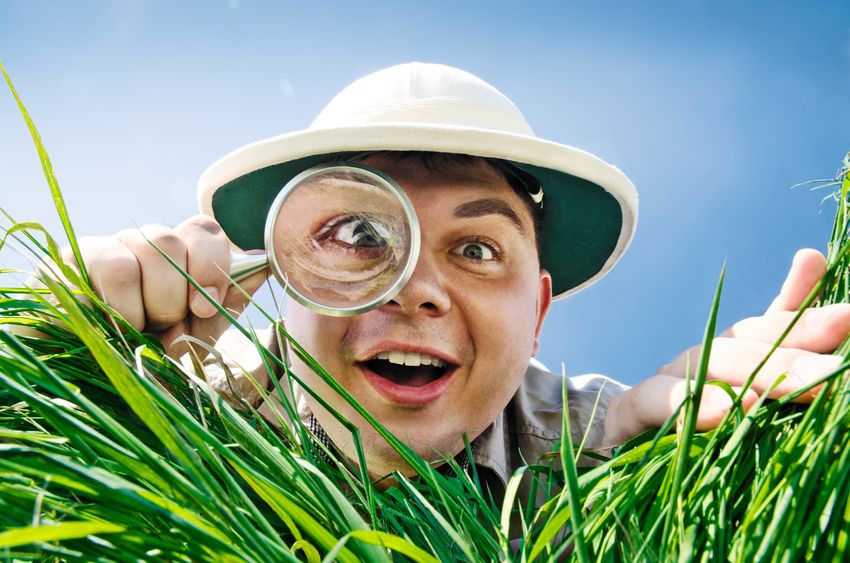
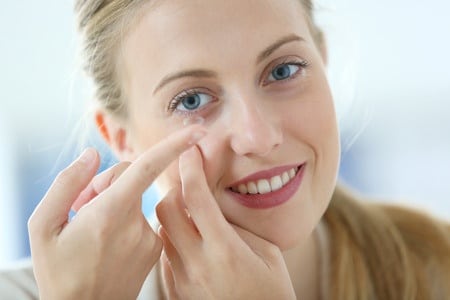
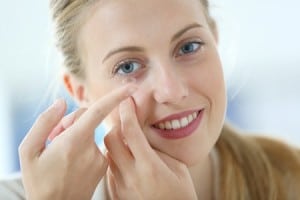 Do you know how to care for your contact lenses? Chances are, you have some questions. Most people do. But it’s important to ‘clear up’ any misconceptions, because keeping clean contacts is of top importance for maintaining good vision and healthy eyes.
Do you know how to care for your contact lenses? Chances are, you have some questions. Most people do. But it’s important to ‘clear up’ any misconceptions, because keeping clean contacts is of top importance for maintaining good vision and healthy eyes.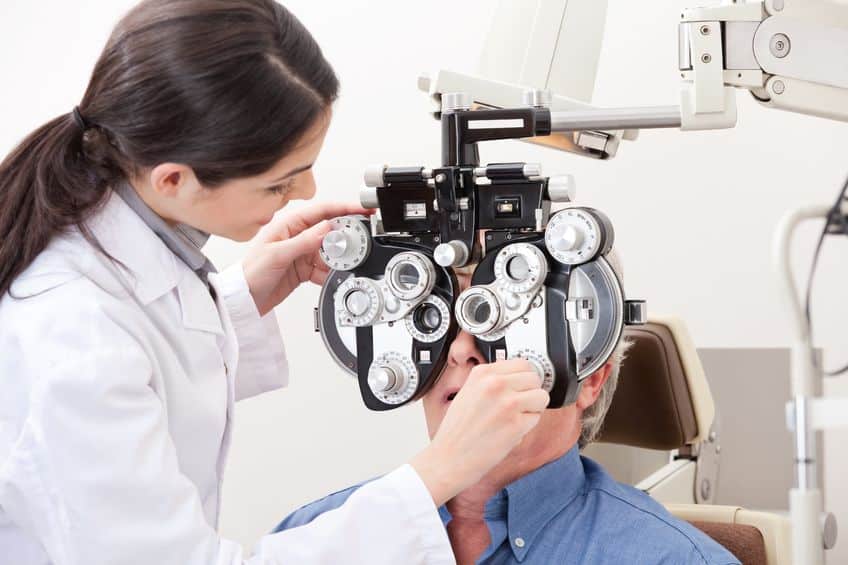
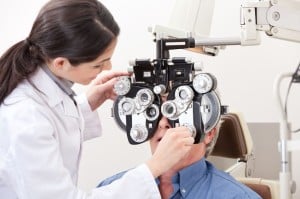 When the ophthalmologist looks into your eye, there’s quite a lot they can tell about your overall health. The retina, or back of the eye, is the only place in your body that can give your eye doctor a close-up view of blood vessels and nerves without having to open you up. A routine eye exam can be the key to finding early stages of medical issues.
When the ophthalmologist looks into your eye, there’s quite a lot they can tell about your overall health. The retina, or back of the eye, is the only place in your body that can give your eye doctor a close-up view of blood vessels and nerves without having to open you up. A routine eye exam can be the key to finding early stages of medical issues. 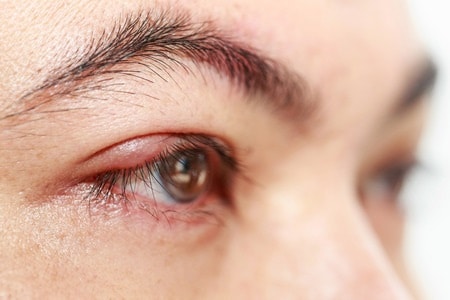
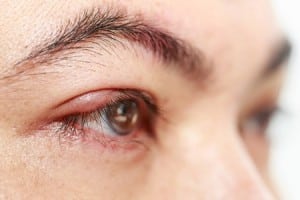 Today, we’re shedding some light on a problem that we sometimes see at our practice: the eyelid stye.
Today, we’re shedding some light on a problem that we sometimes see at our practice: the eyelid stye.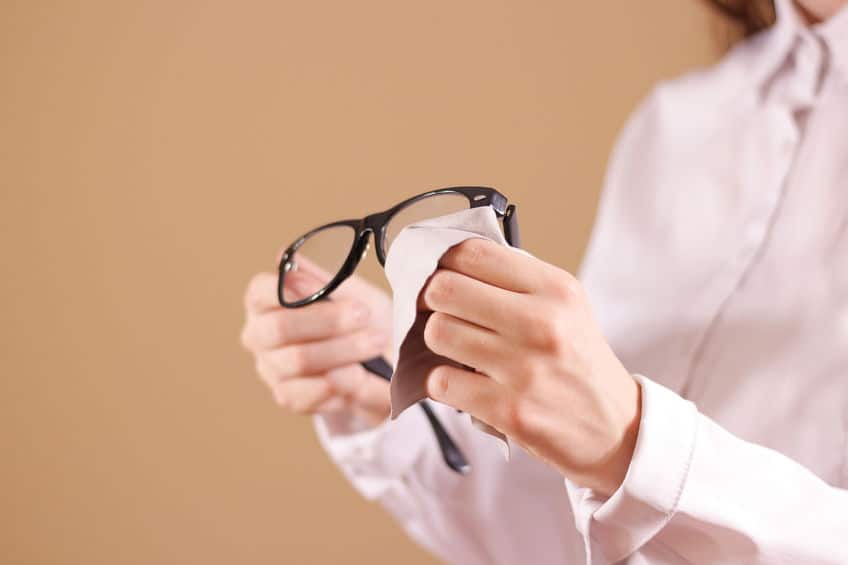
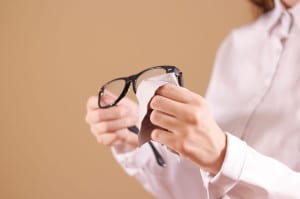 You spend a lot of time and money on your eyeglasses, so why shouldn’t you take the best care of them possible? If you know how to properly clean, handle and store your eyeglasses, they will definitely stand the test of time.
You spend a lot of time and money on your eyeglasses, so why shouldn’t you take the best care of them possible? If you know how to properly clean, handle and store your eyeglasses, they will definitely stand the test of time.
 LASIK eye surgery is the best-known and most commonly performed laser refractive eye surgery in the U.S. During the surgery, the doctors use a particular type of cutting laser to change the shape of your cornea and improve your vision. LASIK eye surgery corrects eye problems like nearsightedness, farsightedness and astigmatism.
LASIK eye surgery is the best-known and most commonly performed laser refractive eye surgery in the U.S. During the surgery, the doctors use a particular type of cutting laser to change the shape of your cornea and improve your vision. LASIK eye surgery corrects eye problems like nearsightedness, farsightedness and astigmatism.
 One can argue that of all the senses, sight is the most important. The entire universe is dark without those delicate eyes. Therefore, proper eye care throughout your life truly allows you to see the world in a way that otherwise wouldn’t be possible. You can’t take your eyes for granted. That’s why proper eye care is so important.
One can argue that of all the senses, sight is the most important. The entire universe is dark without those delicate eyes. Therefore, proper eye care throughout your life truly allows you to see the world in a way that otherwise wouldn’t be possible. You can’t take your eyes for granted. That’s why proper eye care is so important.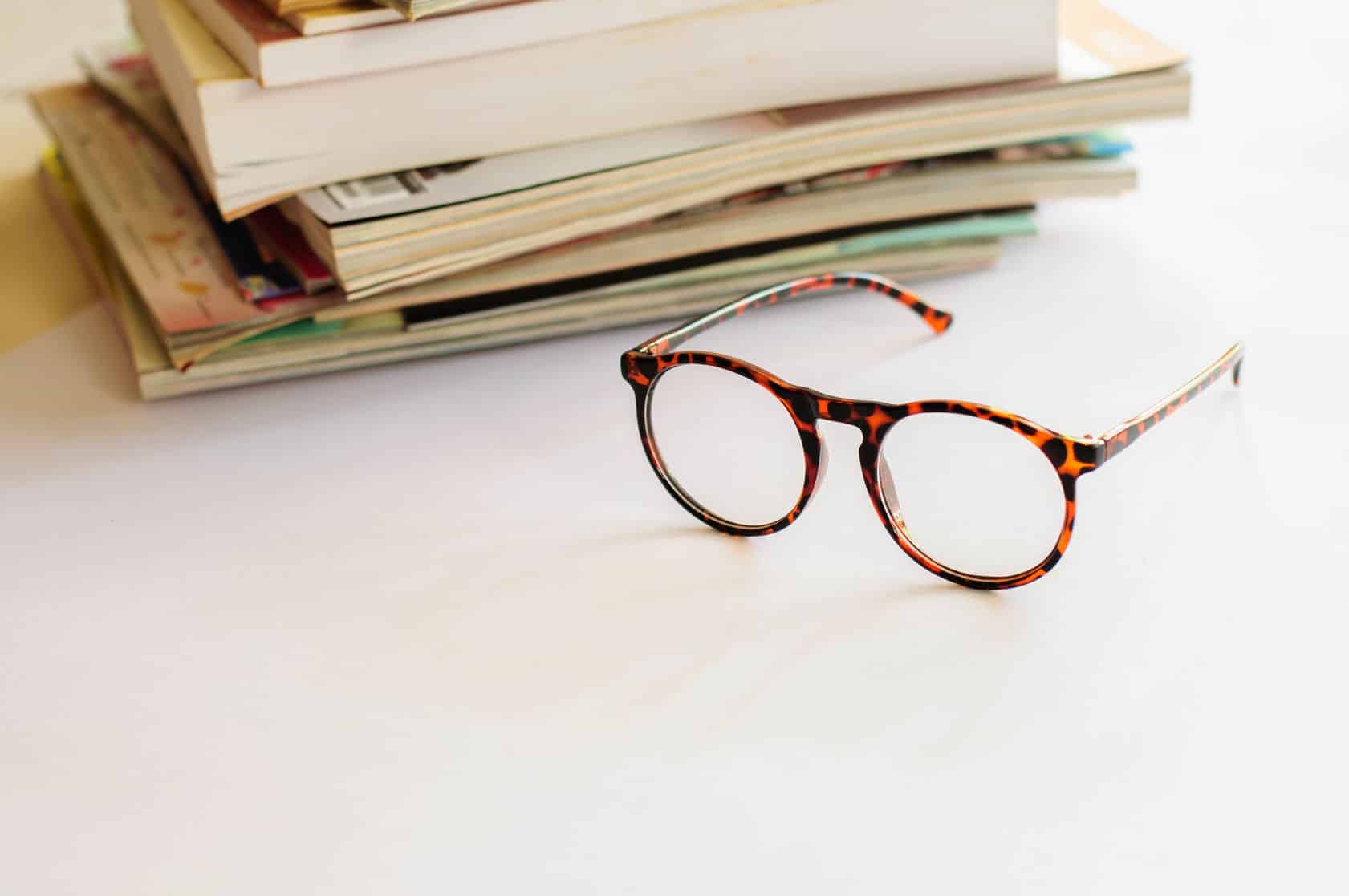
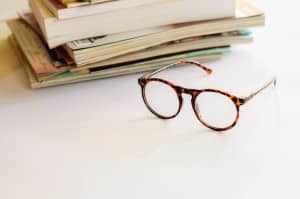 shared pursuit of clarity and vision. This thread is none other than the history of eyeglasses, a journey spanning centuries that has brought into focus the marvels of human ingenuity and the relentless pursuit of sharper sight.
shared pursuit of clarity and vision. This thread is none other than the history of eyeglasses, a journey spanning centuries that has brought into focus the marvels of human ingenuity and the relentless pursuit of sharper sight.